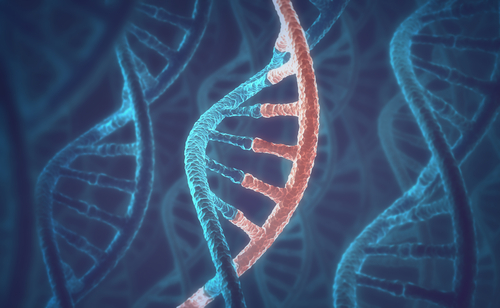Apabetalone May Repress Toxic Gene in Rare Muscular Dystrophy (FSHD)

Apabetalone (RVX-208) may become a promising therapy to treat facioscapulohumeral muscular dystrophy (FSHD), according to results announced by the pharmaceutical company Resverlogix.
Researchers found this drug acts by switching off the DUX4 gene, which is abnormally active in the muscles of FSHD patients, causing inflammation and muscle atrophy.
Apabetalone belongs to a group of compounds called BET bromodomain inhibitors that bind to a specific region of the BET proteins, inhibiting their activity. It specifically inhibits the BRD4 protein, activating a cascade of events that regulate disease-causing genes and potentially benefit patients with several diseases, including diabetes mellitus, chronic kidney disease and Alzheimer’s disease.
Apabetalone is the only selective BET bromodomain inhibitor under investigation in clinical trials, namely in a Phase 3 study (NCT02586155) with patients at high-risk of cardiovascular disease with Type 2 diabetes and low high-density lipoprotein (HDL).
Previous studies have shown that BET inhibitors suppressed the expression of the DUX4 gene, reducing the severity of FSHD symptoms. Now, researchers found that apabetalone also switches off DUX4 expression without affecting the expression of other genes important for muscle cell maturation, such as the MYH2 gene.
These findings suggest that treatment of FSHD with apabetalone may become a promising therapeutic strategy to improve FSHD symptoms in patients.
“Due to the dramatic growth of BET Bromodomain publications over the past decade, it is not surprising that our advanced Phase 3 compound, apabetalone, is drawing expanded attention from the global academic community,” Donald McCaffrey, Resverlogix’s president and CEO, said in a press release. “Over the past decade BET Bromodomain publications have grown by over 2,700 percent. Resverlogix publications have increased even more dramatically during this same timeframe.”
FSHD is a genetic disease that causes progressive muscle weakness and atrophy. This disease is named after the muscles that affected the most — muscles in the face (facio-), around the shoulder blades (scapulo-) and the upper arms (humeral). These muscles are affected in earlier phases of the disease, but it eventually spreads to the legs and any skeletal body muscle. Symptoms usually occur during adolescence, but milder cases may be diagnosed later in life.
It is estimated that FSHD affects approximately 12 in 100,000 people. So far, there is no treatment or cure for this condition.






